The result is visceral, rich, thick, and surreal, as if we’re hearing an orchestra inside of The Matrix; we can sometimes discern its unreality, sometimes not, turning an uncanny valley into a landscape of sonic opportunity, worthy of both study and enjoyment.
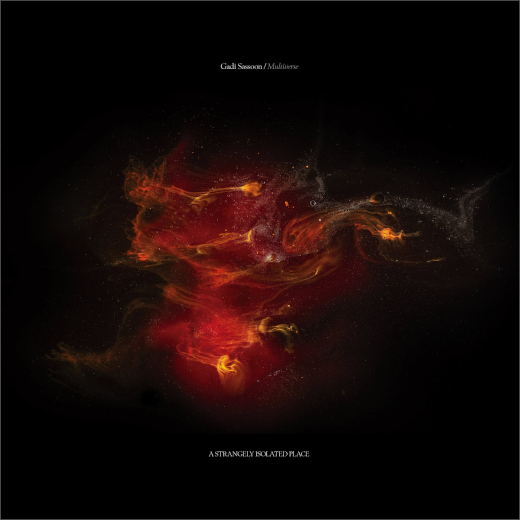
The moods range from fidgety innocence to extended-technique cinematic tension
Emulation of acoustic instruments in the electronic realm has a history that goes back to the beginning of electronic music itself. These techniques have been used with varying degrees of success, often failing when attempting to emulate real instruments in a strictly literal sense. But the state of the art marches on, and savvy artists are starting to realize there’s an interesting “uncanny valley” in which starting with realism, then breaking through to hyper-realism or even surrealism, might be a more aesthetically interesting direction.
This onward march of progress clearly grabbed the attention of composer Gadi Sassoon; his new album, Multiverse, features virtual instruments devised from the latest cutting-edge research. The result is visceral, rich, thick, and surreal, as if we’re hearing an orchestra inside of The Matrix; we can sometimes discern its unreality, sometimes not, turning an uncanny valley into a landscape of sonic opportunity, worthy of both study and enjoyment.
His residency at the University of Edinburgh’s NESS (Next Generation Sound Synthesis) project granted him access to complex computer models of extremely difficult emulation challenges: metallic percussion, the complex interactions of 3D drum physics, how fretboards influence vibrations, the ultra-complex harmonic series that come from resonating horns, and more.
Multiverse explores the boundaries of realism and expression of these virtual instruments, and succeeds in creating a unique sound-world that’s entertaining, and doesn’t always strive to be realistic. The boundary of realism and surrealism is ever-shifting and hazy. The moods range from fidgety innocence to extended-technique cinematic tension.
You’d be forgiven for thinking that much of the album was recorded acoustically and then heavily processed in the digital realm. Only one piece—”Chaos and Order”—has a real violin in it. The rest is a shifting landscape of tone, expression, and ambiguity. (Noted IDM artist Anthony Baladino kicks in some sound design on two songs as well.) Sassoon clearly understands that literalism will not win the day, so his compositions embrace that razor’s edge of realism and fantasy. It is experimental but always accessible, with some concréte explorations in the latter half of the record.
This work could have been a demo reel of new technology, but it plays like an experimental film score. You can listen to it and marvel at its glistening soundscapes without knowing it wasn’t nearly all virtual. The evocative environments of Multiverse stretch from the intimate to the enormous, discrete to diffuse, grounded to whimsical. Threading the needle between contemporary new music and ambient drone, it’s a solid body of work that could be a harbinger of exciting new sounds to come.
Multiverse is available on A Strangely Isolated Place. [Bandcamp]






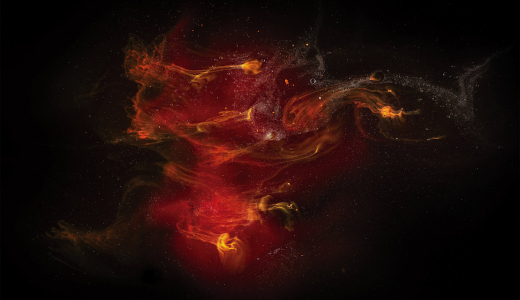
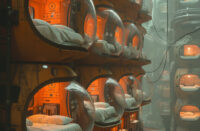

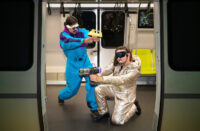
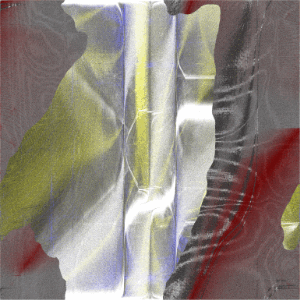

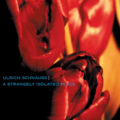
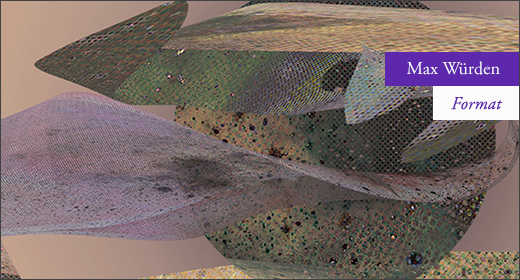


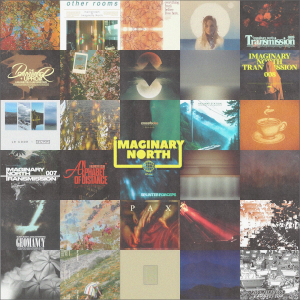


![Hasbeen :: Bunker Symphonies II (Clean Error) — [concise]](https://igloomag.com/wp/wp-content/uploads/2025/04/hasbeen-bunker-symphonies-ii_feat-75x75.jpg)
![Extrawelt :: AE-13 (Adepta Editions) — [concise]](https://igloomag.com/wp/wp-content/uploads/2025/04/extrawelt-ae-13_v_feat-75x75.jpg)
![Beyond the Black Hole :: Protonic Flux EP (Nebleena) — [concise]](https://igloomag.com/wp/wp-content/uploads/2025/04/beyond-the-black-hole-protonic-flux_feat-75x75.jpg)
![H. Ruine, Mikhail Kireev :: Imagined / Awakenings (Mestnost) — [concise]](https://igloomag.com/wp/wp-content/uploads/2025/04/h-ruine-mikhail-kireev-imagined-awakenings_feat2-75x75.jpg)


![Squaric :: 808 [Remixes] (Diffuse Reality) — [concise]](https://igloomag.com/wp/wp-content/uploads/2025/04/squaric-808-remixes_feat-75x75.jpg)

